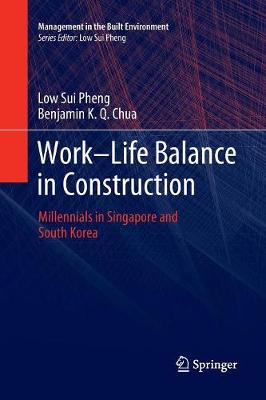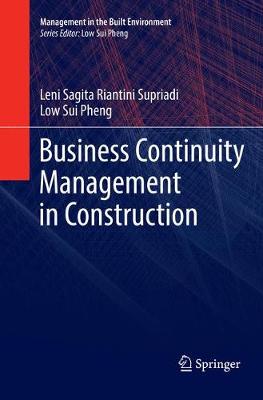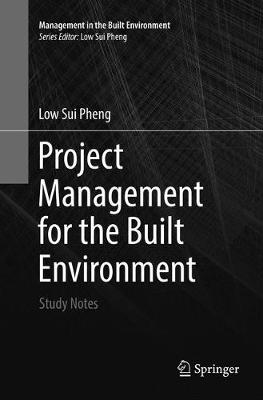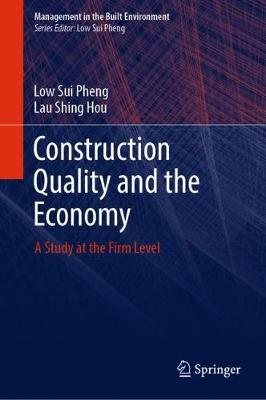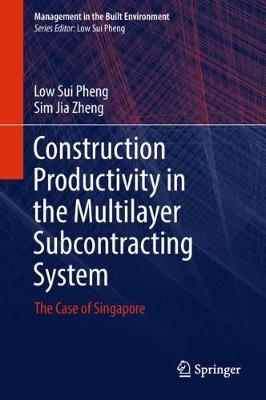Management in the Built Environment
7 total works
Work-Life Balance in Construction
by Low Sui Pheng and Benjamin K. Q. Chua
Business Continuity Management in Construction
by Leni Sagita Riantini Supriadi and Low Sui Pheng
This book provides an understanding of Business Continuity Management (BCM) implementation for local/international construction operations, with a primary focus on Indonesian construction firms as an illustrative example. It reviews the whole spectrum of work relating to organizational culture (OC) and the institutional framework (IF) as one of the key ways for companies to evaluate and implement BCM in construction operations.
Once readers have acquired a sound understanding of BCM, OC and IF linkages in construction firms, the lessons learned can be extended to other companies. This is facilitated through a systematic assessment framework presented in the book using a Knowledge Based Decision Support System (BCM-KBDSS), which allows these companies to evaluate their current status quo with respect to BCM, OC and IF, and then make informed decisions on how and to what extent BCM should be implemented in their operations. As such, the book offers a unique blend of theory and practice, ensuring readers gain a far better understanding of BCM implementation in the construction industry.
Although the book focuses on Singapore, it appeals to a global audience since countries worldwide (and their respective building-related stakeholders) face the same issues in terms of the time-cost-quality trade-off decision-making process involving the entire supply chain.
